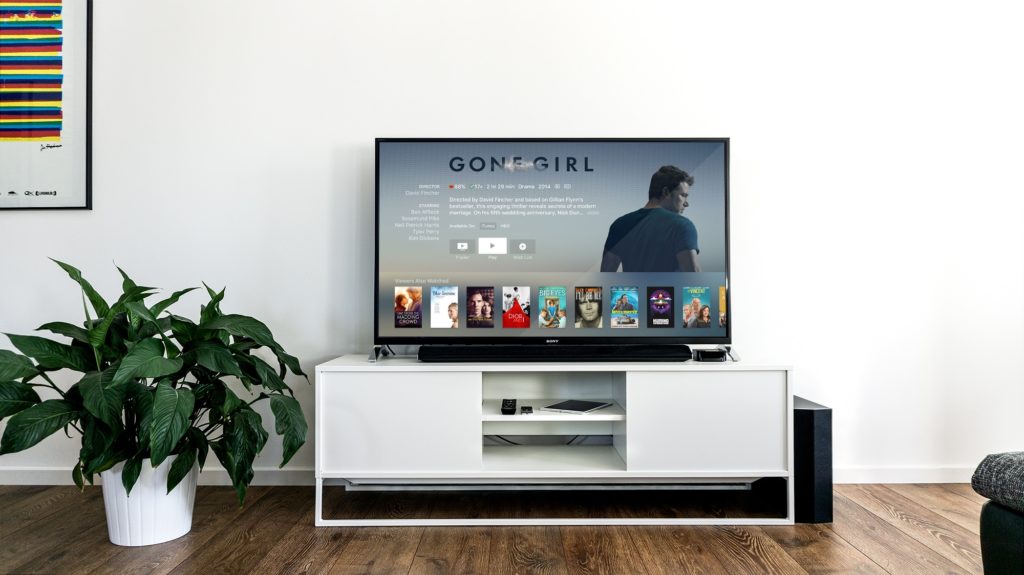Despite the fact that ad loads are increasing, TV viewership is gradually shrinking. Given this reality, it’s more important than ever that marketers understand how to optimize their targeting and measurement tactics, to make the most of those people who are watching TV. For marketers who are able to do this successfully, TV can easily be their highest performing inventory source.
Let’s talk about TV measurement, specifically. Television viewership alone is not a strong enough metric to measure TV advertising. There’s one major change that needs to happen for marketers to be able to understand whether their TV campaigns are effective or not — they need to move away from vague metrics such as viewership and toward those based on real-world consumer actions, such as footfall attribution.
Traditional Ways of TV Measurement vs. Footfall Attribution
Traditionally, viewership — how many people have seen an advertisement — has been the predominant way of measuring television ads. However, understanding whether people simply saw an ad does not in fact mean they took any action afterward to engage with that brand or convert. As follows, to see the true ROI of TV ads, it’s essential to analyze the actions of consumers post ad exposure.
That brings us to footfall attribution, a relatively new concept in the TV space. Through location data, marketers can understand whether their TV ads actually drove more consumers to store — a concept known as “visit lift.” Marketers can use location intelligence to get more granular in analyzing TV advertising performance, which can be broken down by program, network, and day part. By understanding the offline behaviors of consumers, they can gain further insights such as time spent in store, visit frequency, and most visited days and hours.

What Makes a Strong TV Measurement Solution
Not convinced? Let’s discuss what comprises a strong TV measurement solution. There are three main factors to consider when evaluating TV attribution solutions:
1. Scale of Viewers
In order to get an accurate representation of ad impact, you need a high scale of viewers for the data to be statistically significant. In addition, the audience can’t be incentivized to view ads — because then they won’t be representative of the population.
2. Privacy Compliance
When evaluating data providers, you should make privacy compliance a key consideration. Not only is it the ethical responsibility of data providers to protect user privacy and collect data only from opted-in users, but it’s also a business imperative for them if they want to survive in the current climate of increasing privacy regulations.
3. Cross-Channel Measurement Capabilities
Finally, a TV measurement solution must have cross-channel measurement capabilities. That means being able to understand how each channel affects the other, for example, seeing how a brand’s TV combined with digital advertising drives visits. In a world where we consume ads across multiple devices, it’s essential to gain the entire picture of measurement.
At Cuebiq, we just announced the launch of our TV attribution solution, which provides a cross-channel view of how the media mix — including both linear and advanced television — impacts the consumer journey to brick-and-mortar locations. To learn more about our TV attribution solution, give us a shout!



